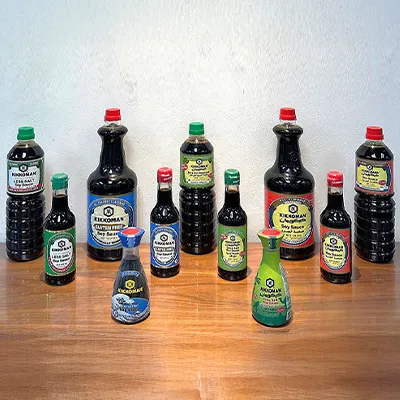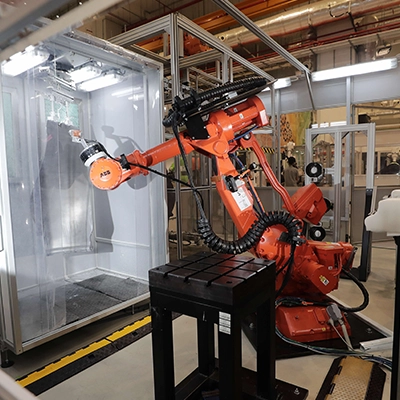Dropped your smartphone lately? Impact such as this often results in cracks and scratches to the display screen, sometimes even making it unusable.
But a new material created by scientists here might see future phone screens escaping such impact unscathed.
Researchers from the National University of Singapore's (NUS) department of materials science and engineering have created a new light-emitting supermaterial that is able to "heal" itself after being punctured or torn apart.
If successfully adapted to make smartphone display screens, the material could potentially reduce the huge amount of electronic waste generated by the world every year.
An estimated 36 million tonnes of e-waste is binned worldwide each year. That is equivalent to throwing out 800 laptops every second.
In Singapore, about 60,000 tonnes of e-waste is generated per annum, according to an 18-month study conducted by the National Environment Agency between 2016 and 2017.
That is akin to 70 mobile phones being discarded by each person here every year.
Assistant Professor Benjamin Tee of the NUS Institute for Health Innovation and Technology, who is principal investigator of the research project, said tackling the "tsunami of electronic waste" was one of the key goals the team set out to achieve.
He added: "In today's world, everyone is holding a smartphone with a touch display.
"If there are ways to make the pixels in the display repair itself, there will be no need to change the screens if we drop our phones."
Such advances can help in making tech products with less impact on the environment, Prof Tee said.
The new material was created by dispersing light-emitting particles in a synthetic polymer mixture made by the team.
The team's paper was published in the peer-reviewed scientific journal Nature Materials last December.
On how the novel material repairs itself, Prof Tee explained that molecules in the supermaterial are held together by ion-dipole forces. These forces arise when there is a differential between the electric charges of various particles in the material.
When a puncture in the material occurs, the molecules are torn apart. But as they are electrically charged, they quickly "find" other charged particles nearby and establish new bonds with them. That is how the material "heals" itself, he added.
The material also costs less than $1 per sq m, and can produce 20 times the amount of light emitted by light-emitting devices that do not use it, at a fifth of the energy used, said Prof Tee.
A self-healing lighting material like this has the potential to be deployed in resource-constrained environments such as disaster zones and even in space colonies far in the future, where its automatic recovery from damage will come in handy, said Prof Tee.
As the material is flexible and stretchable, this also means it can be used on curved surfaces and have a variety of applications, such as in foldable phones, illuminated textiles, wearable devices and even robots that watch over urban farms.
"Newer forms of urban farming soft robots can use the material to illuminate its surroundings and 'tell' whether a fruit is ripe even in the dark, and harvest it at the right time," said Prof Tee.
He added: "As technology continues to improve, future phones will be much more 'invisible' and integrated - for instance, into clothing."
© 2020 Singapore Press Holdings
This article was written by Vanessa Liu from The Straits Times and was legally licensed through the NewsCred publisher network. Please direct all licensing questions to legal@newscred.com.







